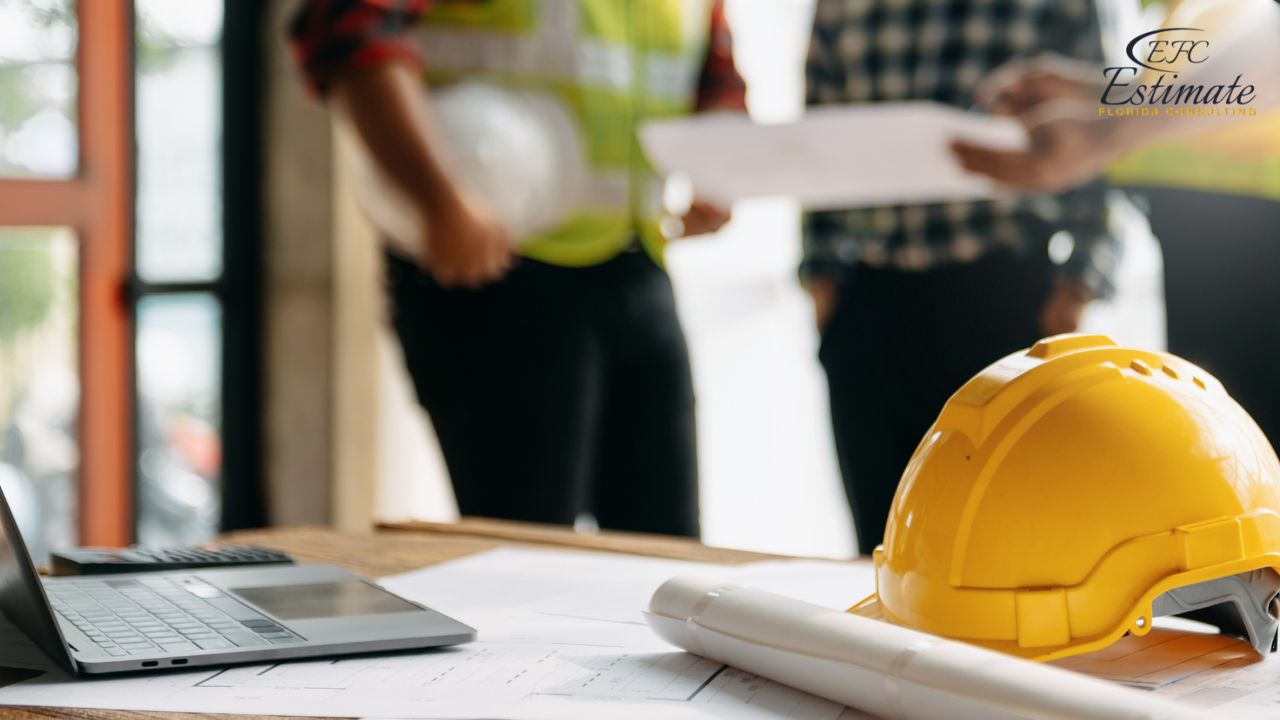Train Your Team Regularly
Safety starts with knowledge. Every worker needs training on how to use equipment, identify hazards, and follow emergency procedures. This isn’t a one-time thing—regular updates keep everyone sharp. Toolbox talks, where teams discuss specific safety topics on-site, are a quick and easy way to keep safety fresh in workers’ minds.
For more formal education, consider OSHA-certified training. A knowledgeable team reduces accidents and creates a culture where safety is part of daily operations.



